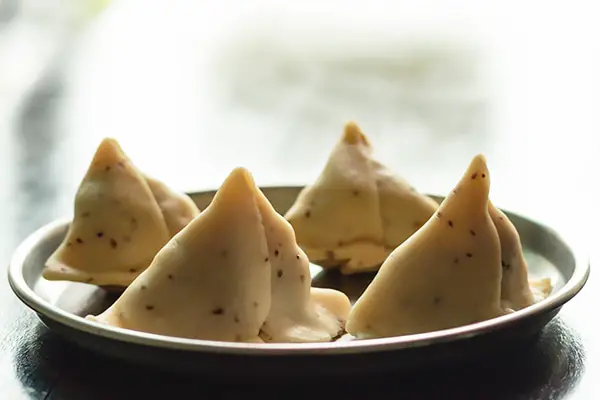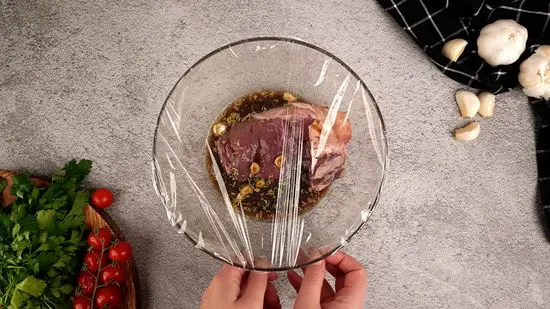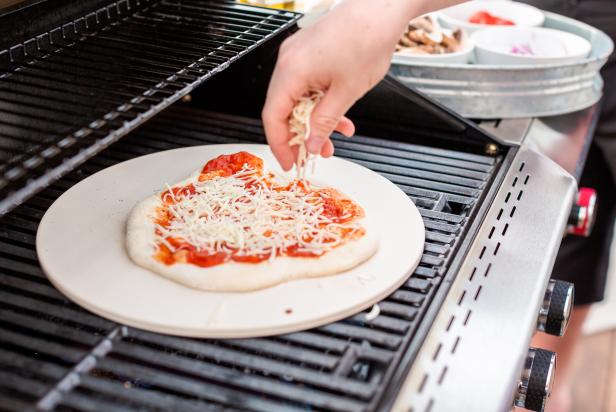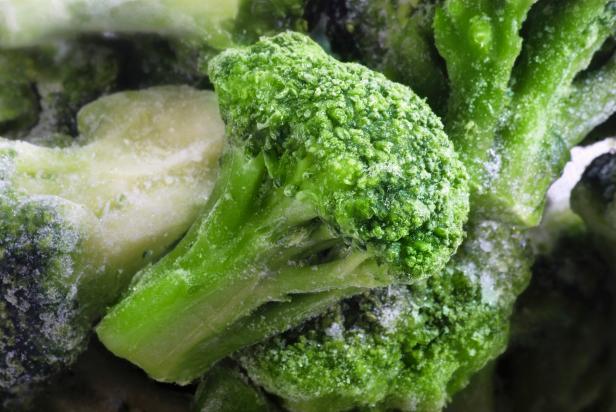Samosa is a traditional snack that originated from the Indian subcontinent. It is a triangular or cone-shaped pastry with a savory filling usually made of vegetables, meat, or a combination of both. Samosas are a perfect appetizer, tea-time snack, or as part of a meal. One crucial factor in enjoying samosas fully is their texture. Crispy samosas with a golden-brown color are more mouth-watering than soggy ones. In this article, we will address one of the frequently asked questions- how do you keep the fried samosas crispy?
Factors Affecting Crispiness Of Samosas
Before we dive into strategies for keeping samosas crispy, it’s essential to understand why they tend to lose their crispiness.
1. Moisture Content in Samosa Filling
Both meat and vegetables contain water and can become soggy when cooked for long periods, leading to loss of crispiness. Cooking techniques used also affect the moisture content of fillings; when frying with excess oil or simmering over low heat leads to the loss of crispiness.
2. Quality of Dough
The dough serves as an outer covering and helps retain shape during cooking. An ideal dough should mix and knead well to the right consistency. Over-kneading can make dough hard and lead to less crispy texture while inadequate kneading can result in uncooked centers.
Key Strategies To Keep The Fried Samosas Crispy
1. Using the Right Oil for Frying
It would be best if you use oils with high smoke point like peanut oil, safflower oil or sunflower oil when deep-frying samosas as they don’t produce smoke at high temperature, making them suitable for high-heat cooking.
When shallow frying, use oils like refined vegetable oil or canola oil that retains heat well.
2. Proper Temperature Control
It’s crucial to maintain optimal cooking temperatures while making samosas. Heat oil in a deep frying pan to between 350°F to 375°F. Using a thermometer will ensure consistency in temperature maintenance.
3. Draining Excess Oil
Drain off excess oil that clings to samosas after frying. Use kitchen towel or paper towels to remove excess oil before serving or storing it. The less oily the samosa, the more crispy it stays.
4. Serving In A Suitable Manner
Serve Samosas in such a way that it can retain the crispiness for more extended periods by preventing moisture buildup. You can use heat retaining techniques by storing them in pre-warmed oven or warmers so that they remain dry and unexposed to air as much as possible.
Common Mistakes While Making and Storing Samosas
Mistakes are made often when preparing and storing samosas, which results in soggy or less crispy samosas. Let’s look at some of these common mistakes:
1. Overfilling Of Filling
Over-fillings can lead to cracking of dough and insufficient filling can cause hollow pockets on the inside of the dough. Over-fillings also release water, leading to less crispy samosas.
2. Inadequate Dough Kneading, or Leaving It For Long Time
Under kneaded dough affects the texture of samosas, resulting in less crispy ones, while over-kneaded dough can lead to tough inner pockets and decreased crispiness.
3. Tampering With Temperature While Cooking
Tampering with temperature while cooking samosas is quite common; if the temperature is too high or too low, it leads to less crispy texture.
4. Using Unsuitable Storage Containers Or Not Covering Them
Using the wrong storage containers like plastic wrap or paper bags are not suitable for keeping fried food items like samosas since they trap moisture instead of keeping them dry, leading to soggy snacks.
Best Practices While Storing Samosas
1. Ideal Room Temperature
Store samosas at an optimum room temperature of around 68°F to 70°F in an enclosed place to prevent moisture build-up.
2. No To Refrigerator: An Explanation Why?
Refrigerating stores samosas can lead to moisture buildup, making them soggy. It’s advisable to store them outside.
3. Airtightness Matters
Airtight container prevents moisture buildup and saves the crispy texture of samosas for a more extended period.
4. Ziplock Bags – Not Always A Good Idea
Ziplock bags can be helpful in storing many items, but they are not suitable for storing samosas since they trap air, leading to less crispy snacks.
Tips To Reheat Cold or Frozen Samosas
1. Preheating The Oven Properly
Preheating oven at 375°F and placing frozen samosas inside it for 10-15 minutes is an adequate time required to reheat the snacks fully.
2. Directly on Stove or pan
Putting a frozen snack directly over the stove or frying pan remains one of the quickest ways to reheat samosas.
3. Microwave Reheating Pitfalls
Using microwave may not always be a good idea because it tends to make the pastry stretchy and chewy instead of a crispy as intended while frying.
Conclusion
In conclusion, keeping samosas crispy lies in proper cooking techniques and storage procedures. The crispiness also depends on crucial factors like dough quality, temperature control, and filling ingredients used. You can ensure that your samosas stay crispy by using the right oil, draining off excess oil after frying, serving with heat retaining methods, and following best practices while storing them. By following these tips carefully, you can enjoy tastier and crispy samosas that will leave a pleasant memory for anyone at tea time!
Frequently Asked Questions
Can I make fried samosas ahead of time and still keep them crispy?
Absolutely! The key is to not let the samosas sit in a closed container or wrap while they are still warm. Instead, let them cool down completely and then store them in an airtight container lined with paper towels. This will help absorb any excess moisture and prevent the samosas from getting soggy.
What’s the best oil to use for frying samosas?
A neutral oil with a high smoke point, such as canola or vegetable oil, is best for frying samosas. Avoid using oils with strong flavors like olive oil, which can alter the taste of the samosas.
Should I fry my samosas on high heat or low heat?
The ideal temperature for frying samosas is between 350-375°F (175-190°C). If the oil is too hot, the outside of the samosa will burn before the inside is cooked properly. If the oil is not hot enough, the samosas will absorb too much oil and become greasy.
How long can I keep leftover fried samosas?
Leftover fried samosas can be stored in an airtight container in the refrigerator for up to 3-4 days. To reheat them, place them on a baking sheet in a preheated oven at 350°F (175°C) for about 10 minutes or until heated through and crispy. It’s best to avoid reheating them in the microwave as it can make them soggy.






